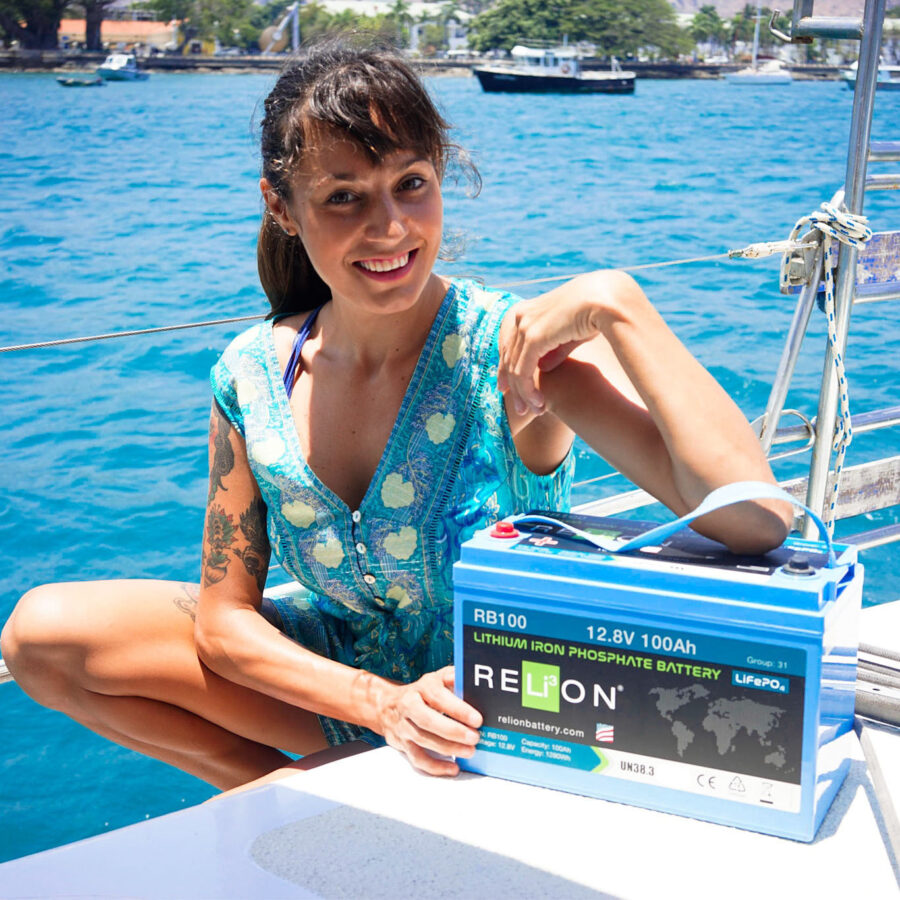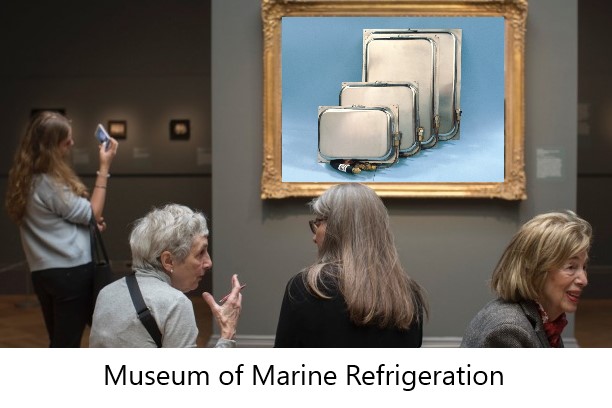Phone: (301) 352-5738
Email: info@CoastalClimateControl.com
Office | Warehouse:
1598 Whitehall Road, Suite D
Annapolis, Maryland 21409
Recently, a customer contacted us for some troubleshooting advice. He said that his refrigeration system was not working and the compressor not running. Apparently he had a technician look at the system who reported that he checked the refrigerant level and said it was OK.Now that may sound like encouraging words from someone the owner perceived would know a heck of a lot more about refrigeration than himself, but it demands some investigation.Just like the laws of physics there are laws of thermodynamics, but these are almost incomprehensible to the layman, and appear to most of us as gibberish and gobbledygook. Nothing so simple as "what goes up must come down" and "for every action ..." yada yada.You'd think that with only four laws of thermodynamics things would be easy, but even the numbering of them seems deliberately designed to confuse. The last of the four laws is the Third Law. There no half-laws, the First Law is the second, and the Second Law the third. The wayward law is designated the Zeroth Law and comes before the first law. (This feels a bit like trying to explain the rules of cricket).Hidden in those laws somewhere is the revelation that (in very simple terms): if a substance exists in an enclosed environment in both liquid and gaseous forms, the temperature and pressure are directly related. Let's call this the Law of Fridgernomics for ease of association.
Anyone with a refrigeration system on their boat or RV that is powered by a Danfoss (now Secop) BD35 or BD 50 compressor should be aware of the diagnostic diode function, which, with a simple flashing LED, tells you the fault reason that caused your compressor to stop. Much of the following also applies to the BD80 compressor controller.By connecting a simple 10mA 12v LED across the "D" terminal and a "+" terminal on the electronic controller attached to the compressor, you will have added a powerful fault-finding tool that may save you a lot of time and trouble later on.Why the manufacturer elected not to incorporate a diode in the controller housing is anyone's guess, but Coastal Climate Control comes to the rescue here with three options:
1. A Coastal Diagnostic LED kit with an LED that you can either install permanently or keep in the spares kit.2. A Merlin II compressor speed controller that also incorporates a diagnostic LED.3. A Guardian digital thermostat/compressor speed controller that features a diagnostic LED
OK, so now you have some form of diagnostic LED installed, what is it going to tell you? If your fridge or freezer system unexpectedly stops working, i.e. other than the thermostat stopping the compressor, and you go take a look at the diagnostic LED, what exactly are you looking for?
Remember back when you had to defrost your home refrigerator every couple of weeks? It was a fact of life. And then those frost-free refrigerators came about. No more defrosting!!
So why have we seemingly gone backwards in evolution and are having to defrost our boat's refrigerator/freezer boxes so often? Why can't our boat's fridge be frost-free too, you ask as you drape your frozen food in towels to keep it safe as you patiently wait for the ice to melt from your evaporator plates.
Natural defrosting is the only safe method, although a small amount of addition heat is OK, say from a portable inspection light in the box. Those who are impatient might consider using a hair dryer or heat gun, hot water, or, (shudder), an ice pick, but these are not recommended, as high heat and physical force are very likely to cause nasty and highly undesirable side-effects.
And who gets the finger pointed at them as the culprit for this lack of frost-free living? Why, the refrigeration manufacturer of course, although after reading the following, you may shift the blame elsewhere.
Most marine refrigeration, and all Frigoboat systems, use the Danfoss BD 35 and BD 50 compressors which are incredibly reliable machines and very robust. It takes a lot of abuse to "kill" one (they don't simply die from natural causes), so if you suspect that your compressor is faulty, it's important to know how these compressors work, how they can be damaged, and what symptoms to look for.The Danfoss BD 35 and BD 50 compressors are identical except that the BD 50 has a little more cubic capacity and therefore a slightly higher Btu rating. The compressor and motor are hermetically sealed inside a steel canister and supported on vibration-absorbing springs. There is no shaft seal that could leak refrigerant.COMPRESSOR – The compressor is a single-cylinder device with a crankshaft that when rotated pushes a piston in and out of a cylinder, compressing the gas. A simple valve plate allows gas to be drawn in on the down-stroke, and the gas to be compressed and then released on the up-stroke. The compressor assembly is mounted above the motor, and the vertical crankshaft is a continuation of the motor shaft.MOTOR - The compressor crankshaft is rotated by means of a poly-phase inductively coupled motor that has no brushes to fail or wear out. There are three sets of windings arranged around the stator, and the ends of these windings terminate on a three-pin connector that provides for the electrical connection through the compressor shell. The rotor is built around the shaft that connects directly to the compressor crankshaft.ELECTRONIC COMPRESSOR CONTROLLER – Also known as a "module", this is a vital part of the compressor, and the motor cannot run without it. The controller is mounted on the compressor on a special bracket, and secured with a screw. It is electrically connected to the motor via a three-wire plug that is pushed on to the three-pin connector on the compressor shell. The compressor controller basically takes the 12v or 24v DC input and energizes each of the three windings in turn, causing the motor shaft to rotate. Varying the speed at which the windings are energized varies the speed of rotation of the shaft.
So what could possibly go wrong?
Which marine refrigeration system is better when cruising in warm waters: air cooled, pumped-water c
In my kitchen at home we use cooking pots and pans made from a variety of metals, and I thought it would be an interesting project to delve into the pros and cons of each material and then go on to see how that works with refrigerator evaporators.After all, cooking pots and fridge evaporators both utilize metal surfaces to transfer heat, so many similarities exist.When cooking on the stove, we're conducting heat from an external source (the burners), through the material of the pot or pan to the contents in the interior.Simple enough you'd think, but different metals have different characteristics, and work in different ways. The ability of a material to transfer heat is known as its Thermal Conductivity. This is quoted in various units, but here we'll use good old fashioned BTU's per hour per foot per degree Fahrenheit (Btu/hr-ft-F).Listed below are some of the common metals used for cooking pots and pans together with their Thermal Conductivity rating, starting with the most conductive and ending with the least. Basically, the higher the number, the more heat the material will conduct through it






